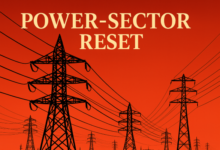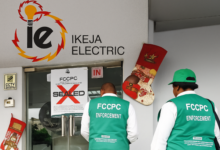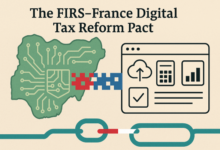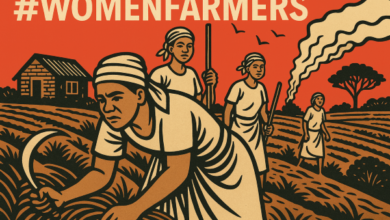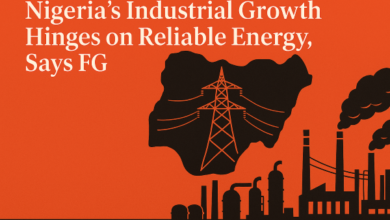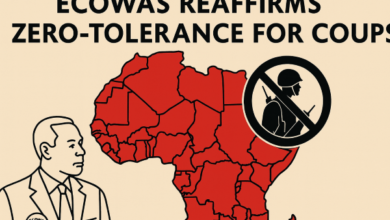Nigeria’s Debt to World Bank rises to $9.81bn
 Nigeria’s debt to the World Bank Group rose by $1.3bn in one year to $9.81bn as of September 2019, latest data from the Debt Management Office showed on Wednesday, January 29, 2020.
Nigeria’s debt to the World Bank Group rose by $1.3bn in one year to $9.81bn as of September 2019, latest data from the Debt Management Office showed on Wednesday, January 29, 2020.
The International Bank for Reconstruction and Development (IBRD) and the International Development Association (IDA), which make up the World Bank, have over the years advanced loans to Nigeria.
The IBRD lends to governments of middle-income and creditworthy low-income countries while the IDA provides concessionary loans – called credits – and grants to governments of the poorest countries.
Nigeria’s debt to the IDA and IBRD stood at $9.41bn and N409.51m as of September 30, 2019, compared to $8.39bn and $124m in September 30, 2018, according to the DMO data.
The total amount of loans approved by the World Bank for Nigeria had reached $24.68bn, data obtained from the multinational development bank showed.
READ ALSO: Nigeria owes World Bank $9.81bn, says DMO
As of December 31, 2019, Nigeria had secured $7.14bn loans from the IBRD and $17.54bn loans from the IDA, according to the World Bank data.
The IBRD and IDA cancelled $971.04m and $1.77bn respectively of the approved loans.
The data showed that a total of $16.89bn had been disbursed to the country, with $5.72bn from the IBRD and $11.17bn from the IDA.
The country had repaid a total of $6.45bn to both institutions ($5.29bn to the IBRD and $1.16bn to the IDA).
The loans, many of which are still being disbursed, were approved for 177 projects in the country, with the first loan secured in 1947.
In November 2019, $75m was approved for the Second Africa Higher Education Centres of Excellence for Development Impact project.
In 2018, $27.4m was approved for the North Core/Dorsale Nord Regional Power Interconnector Project; $125m for the Fiscal Governance and Institutions Project; $225m for the Nigeria-Accelerating Nutrition Results;$150m for the Polio Eradication Support Project; and $100m for Nigeria for Women Project.
Other projects for which loans were approved in 2018 were the States’ Fiscal Transparency, Accountability and Sustainability PforR ($750m); Nigeria Electrification Project ($350m); NG-Electricity Transmission Project ($486m); and Nigeria Erosion and Watershed Management Project ($400m).
In 2017, $611m was approved for Better Education Service Delivery for All; $159m for the Nigeria: Mineral Sector Support for Economic Diversification Project; $90m for the Regional Disease Surveillance Systems Enhancement Phase II; $200m for the Multi-Sectoral Crisis Recovery Project for North Eastern Nigeria; and $200m for the Agro-Processing, Productivity Enhancement and Livelihood Improvement Support Project.
The nation’s total public debt rose to N26.22tn as of September 2019 from N25.70tn in the same period of 2018, according to the DMO.
The DMO said this month that the 2019 Appropriation Act provided for a total new borrowing of N1.61tn, split equally between domestic and external debt, but only the domestic component of N802.82bn was raised due to the late passage of the 2019 budget and the expectation that the implementation of the 2020 budget would commence on January 1.
It said total debt as a percentage of the GDP was 18.47 per cent as of September 2019 and was well within the limit of 25 per cent but “the low revenue base of Nigeria relative to its GDP is clearly reflected in the high debt service to revenue ratio.”
The debt office said new domestic borrowings this year (N1.59tn) would be raised through FGN Bonds, Sukuk, FGN Savings Bonds and possibly green bonds.
Yetunde Adegoke


